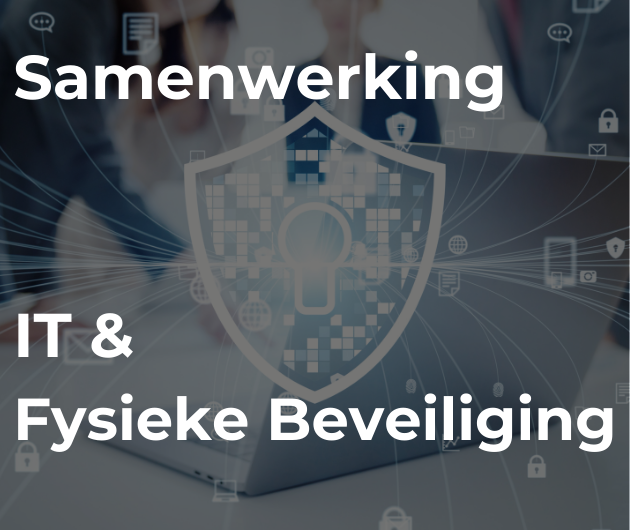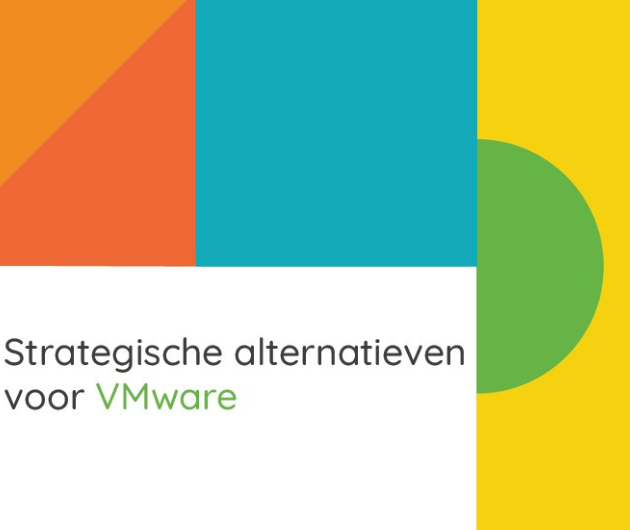I am delighted to admit that I am not a lawyer. But try as I might, I can’t ignore the tide of litigation that is sweeping over the IT industry. We can do without the SCOs of this world, but IT is big business and the law is being invoked to boost flagging sales and to stop competitors from taking market share. Of course there is a genuine need for the law to protect the innocent from theft and persecution, but when it becomes a commercial ploy, even part of a business strategy, then it becomes lawyer versus lawyer and the user community will only suffer.
Anyone who spends time and money on developing something original deserves the payment of a royalty from anyone else who later exploits that idea or technique. The original developer owns the “intellectual property rights” (IP). The problems lie in defining the uniqueness of the idea and the date that it was developed. Concepts, e.g. a GUI interface, are much less tangible than, say, lines of code. The GUI interface pioneered by Xerox and exploited by Apple and Microsoft, must have caused some IP issues historically and they could surface again in the present legal climate. The SCO case against IBM claims that IBM has knowingly copied lines of source code from the Unix system that SCO own, for use in Linux. They will however have to provide evidence of deliberate copying by IBM which (a) I don’t believe and (b) would seem impossible to prove.
A unique invention can be rigorously protected by a patent which must be registered and approved by a Patent Office. Each country has its own national patents and they can extend this to other countries, but that must be applied for by the patentee and costs more money, a deterrent to individuals. In Europe the European Patent Office (EPO) does what the name implies. While there is some correlation between the EPO patent laws and the member European countries, the same is not true of the USA and the Far East. This is particularly true for software. Basically the EPO will not offer patent protection to software but the USA will. Thus Microsoft has filed over 4,000 patents in the USA, most of which are meaningless outside that country. The difference between patent (copyright) and IP violation is significant. Whereas IP must show evidence of deliberate copying a patent can be accidentally infringed and the violator is guilty. It is the responsibility of anyone selling a product to check the database of patents and to ensure that they are not violating one.
The Open Source community is understandably worried about all the patents that Microsoft, etc., hold. They fear that this may well be used to try and attack the growth of OSS products. Given the vast army of programmers distributed all over the world it will be extremely difficult to trace any patent violators and so the attention is more likely to follow the SCO route and attack distributors and, more worrying, user organisations.
Perhaps the biggest shake up however may well arise from the difference in US and European patent laws. Most software is developed in the USA at the present time, but there is a strong competitive growth coming from Europe but also from India, China, etc. Such software must obey US patent laws if it is sold in the USA, but not in Europe. Thus it is in the interests of the new “third world” developers to concentrate on Europe first, which would give European users a huge advantage and undermine the American software industry.< BR>
Martin Healey, pioneer development Intel-based computers en c/s-architecture. Director of a number of IT specialist companies and an Emeritus Professor of the University of Wales.








